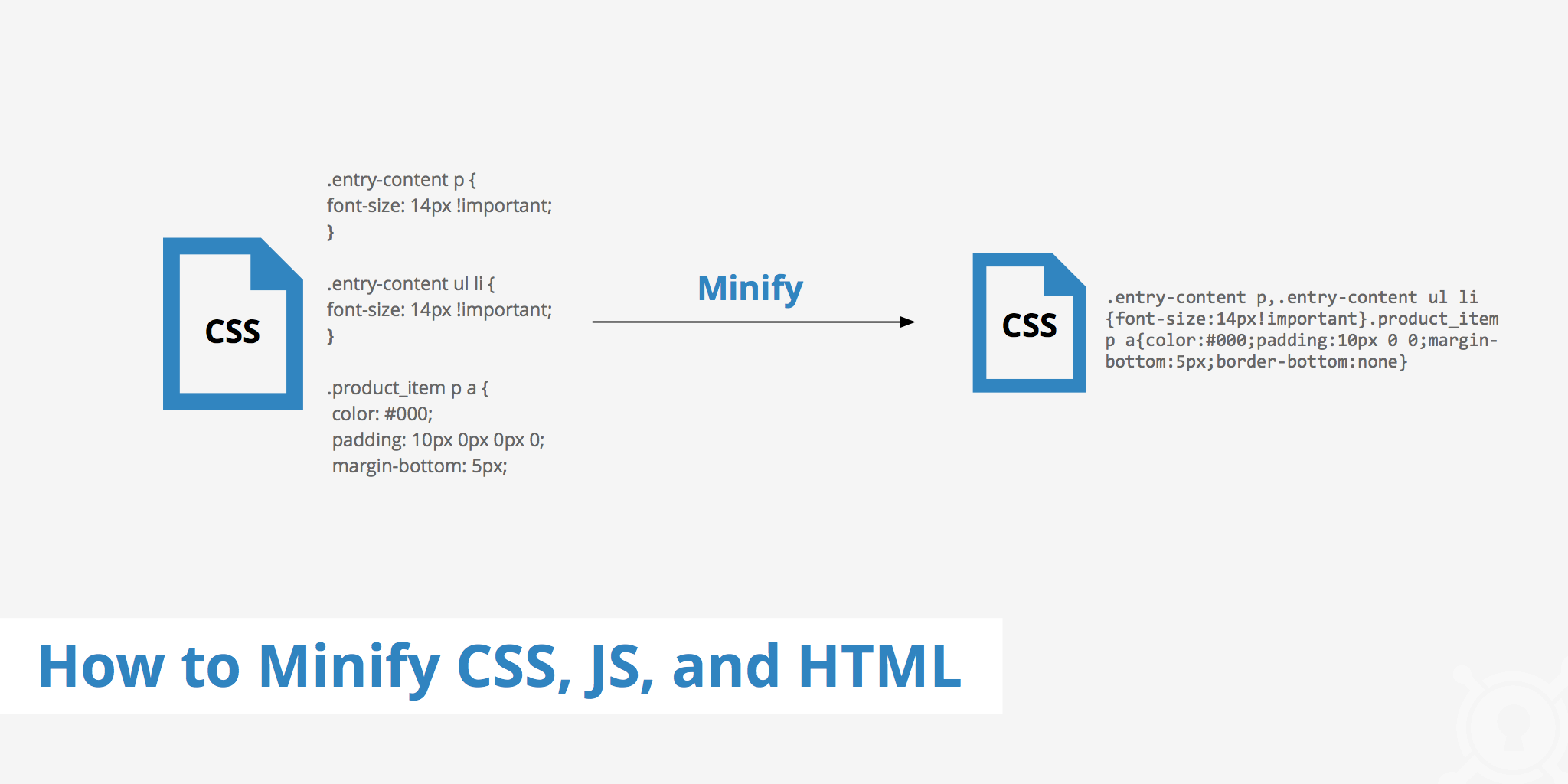In the quest for an optimal user experience, web developers continually seek ways to enhance website performance. Two key strategies, minification, and compression of HTML documents, play a pivotal role in achieving faster load times and efficient data transmission. Let’s unravel the nuances of these techniques and understand how they contribute to a streamlined web experience.

Understanding Minification: Trimming the Excess
Minification Defined: Minification is the process of removing unnecessary characters and spaces from the source code of HTML documents, reducing file size without altering its functionality. These unnecessary elements include white spaces, line breaks, and comments that, while beneficial for human readability, are redundant for the browser’s interpretation.
Impact on Performance: By minimizing the size of HTML files, developers can significantly reduce load times. Smaller file sizes result in quicker data transfers between servers and users, particularly crucial for users with slower internet connections or those accessing websites on mobile devices.
Key Minification Techniques
Removal of Whitespace:
- Eliminating unnecessary spaces, tabs, and line breaks to compress HTML files.
- Enhancing page loading speed by reducing the overall file size.
Stripping Comments:
- Removing comments within the HTML code that provide insights for developers but are unnecessary for browser rendering.
- Enhancing security by eliminating potential exposure of sensitive information through comments.
Shortening Attribute Names:
- Abbreviating attribute names without affecting functionality.
- Reducing the length of attribute names contributes to smaller file sizes.
Transition to HTML Compression: The Next Frontier
Compression Defined
While minification focuses on removing unnecessary characters, compression takes a step further by actively reducing the size of the remaining code. Compression algorithms, such as Gzip or Brotli, encode the HTML data, making it more compact and efficient for transmission.
Benefits of Compression
HTML compression ensures that the data transferred between the server and the client is as concise as possible. This not only accelerates page loading times but also reduces bandwidth consumption, making websites more sustainable and cost-effective.
Implementing Compression: Gzip and Brotli
Gzip Compression
- Gzip is a widely used compression algorithm that effectively reduces file sizes before transmission.
- Implemented at the server level, Gzip compresses HTML files on the fly, minimizing the load on the client-side.
Brotli Compression
- Brotli, a newer compression algorithm developed by Google, provides even more efficient compression than Gzip.
- Brotli is gaining popularity for its superior compression ratios, especially on text-based content like HTML.
The Combined Impact: Supercharging Web Performance
Faster Load Times
- Minification and compression collectively lead to faster load times, enhancing the overall user experience.
- Users accessing websites experience reduced latency and quicker rendering of content.
Improved SEO Rankings
- Search engines prioritize websites with faster loading speeds, contributing to improved SEO rankings.
- Minification and compression align with search engine algorithms favoring performance optimization.
Bandwidth Efficiency
- Smaller file sizes resulting from compression reduce bandwidth consumption.
- This efficiency is particularly advantageous for users on limited data plans or in regions with slower internet connections.
Challenges and Considerations
Balancing Compression Levels
- Striking a balance between achieving optimal compression and ensuring minimal impact on server resources.
- Adjusting compression settings based on server capabilities and traffic demands.
Dynamic Content Considerations
- Handling dynamically generated content that may require real-time compression.
- Implementing solutions that accommodate dynamic content without compromising performance.
Conclusion
In conclusion, the symbiotic relationship between minification and compression of HTML documents serves as a cornerstone for enhancing web performance. By diligently trimming excesses and employing efficient compression algorithms, developers can ensure that websites load swiftly, providing users with a seamless and responsive experience. As the digital landscape evolves, prioritizing these optimization techniques remains paramount for staying ahead in the competitive realm of web development.

